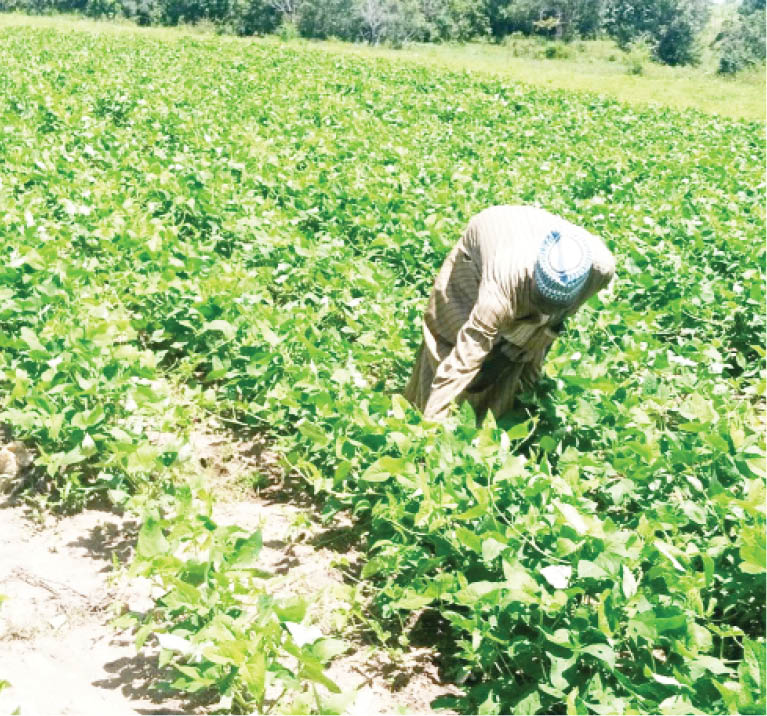AGRO SOLUTIONS
What are the major diseases that can hinder cowpea production and how can the farmers handle them? – John Adojo, Idah, Kaduna State Cowpea (beans) diseases and their control If you have planted your cowpea (commonly called beans), it is important that you know the common challenges in growing it and tackle it effectively. Intrigues […]

Cowpea
What are the major diseases that can hinder cowpea production and how can the farmers handle them?
– John Adojo, Idah, Kaduna State
Cowpea (beans) diseases and their control
If you have planted your cowpea (commonly called beans), it is important that you know the common challenges in growing it and tackle it effectively.
- Intrigues as PDP bigwigs battle for 2023 presidential ticket
Despite huge pay, senators, reps, fleece aides
The Agricultural Extension Development Officers’ Handbook on Good Agricultural Practices has suggested various ways to address the problems.
Fungal, bacterial and viral diseases affect cowpea. Different diseases affect different parts of the crop at different stages of growth. The major and common diseases are anthracnose, sclerotium stem, root and crown rot, damping off, cercospora leaf spot, septoria leaf spot, fusarium wilt and scab.
Control measures include: adopt crop rotation; use clean seeds; dress seeds before planting (apron star); use a resistant variety; uproot and bury infected plants; plow contaminated topsoil to reduce the incidence of pathogens; apply fungicide (Benomyl or Mancozeb) to leaves at the rate of one small matchbox-full in a 15-l sprayer.
Insect pests and their control
Insect pests are major constraints to cowpea production in West Africa. The crop is severely attacked at every stage of its growth by myriad insects that make the use of tolerant varieties and insecticide sprays imperative. The level of insect attack increases from the southern Guinea savanna towards the Sahel savanna zone of the region. Damage by insect pests on cowpea can be as high as 80 to100 per cent if not effectively controlled. Cowpea pests can be classified into three major groups: pre-flowering, flowering/post-flowering and storage.
Dr. Teryima Iorlamen is an Agronomist as well as Seed System Specialist in College of Agronomy at the Joseph Sarwuan Tarka University of Agriculture in Makurdi.
Email:[email protected]
What must be done urgently to develop agriculture
Government at all levels should begin to think on how to bridge the gaps between the farmers, the input and agric technology for rapid economic development.
Friendly agriculture policies should be introduced and targeted at peasant farmers, in addition to timely distribution of farming inputs to the farmers.
Extension services officers that will help farmers in cultivation, preservation and post-harvest related issues must be put in place at federal, state and local government levels.
The Federal Ministry of Agriculture must introduce some developmental agricultural projects that will facilitate and improve food distribution and control.
Access to finance is also important for farmers in order to expand production.
The federal and state governments should open up rural roads for easy movement of agric produce to the nearest markets.
Michael Adedotun Oke, Gwagwalada, Abuja.
